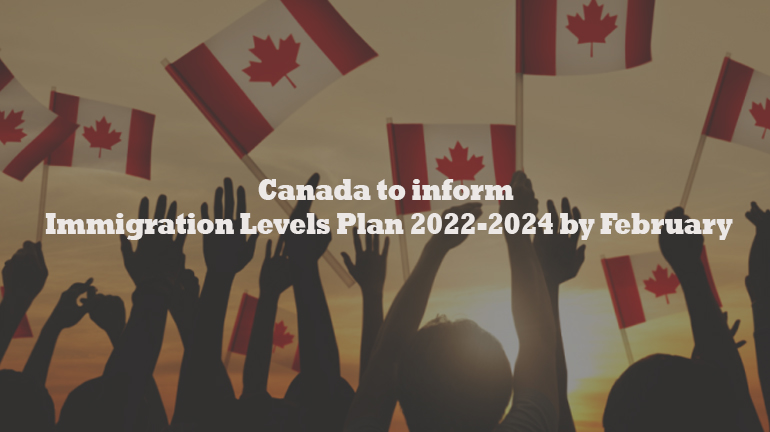On August 28, 2024, Immigration, Refugees, and Citizenship Canada (IRCC) announced the end of a temporary public policy that allowed visitors in Canada to apply for work permits without having to leave the country. This policy, introduced in August 2020 during the height of the COVID-19 pandemic, was designed to assist visitors stranded in Canada due to travel restrictions. Effective immediately, the policy is no longer in place as part of IRCC’s broader strategy to manage the number of temporary residents in Canada and maintain the integrity of the immigration system.
Background of the Temporary Public Policy
The temporary public policy was introduced in response to the unprecedented travel restrictions and disruptions caused by the global pandemic. Many foreign nationals found themselves unable to leave Canada due to border closures and reduced international travel. In response, IRCC allowed visitors in Canada to apply for work permits without needing to exit the country first, offering a much-needed lifeline to those who found themselves in this unique and challenging situation. Additionally, foreign nationals who had held work permits in the previous 12 months but switched their status to “visitor” were able to legally work while waiting for a decision on their new work permit application.
The policy aimed to balance two primary concerns: the economic need for foreign labor in various industries and the challenges faced by visitors during the pandemic. It also provided businesses with a solution to labor shortages during the economic recovery period when bringing in foreign workers was complicated by global travel restrictions.
Why the Policy is Ending
Although the policy was initially set to expire on February 28, 2025, IRCC has decided to end it early. This move is part of a broader effort to recalibrate the number of temporary residents in Canada and address issues surrounding the misuse of the policy. Reports of bad actors misleading foreign nationals into unauthorized work under this policy contributed to IRCC’s decision to protect the integrity of the immigration system.
While IRCC acknowledges the positive impact this policy had during the pandemic, the end of this temporary measure signals a return to the standard work permit application process for visitors. Visitors will now be required to leave Canada to apply for a work permit, as was the practice before the pandemic.
What This Means for Foreign Nationals in Canada
For those who submitted their work permit applications under the temporary policy before August 28, 2024, IRCC has confirmed that these applications will continue to be processed according to the guidelines in place during the policy period. However, any new applications filed after this date will not be accepted under the now-terminated policy, and applicants will need to follow the regular process, which includes applying for a work permit from outside Canada.
Visitors who are currently in Canada and seeking employment should consult the IRCC website for up-to-date information on applying for work permits through the standard process. This includes ensuring that any work arrangements made in Canada are fully compliant with immigration laws.






 The announcement concerns potential fee increases for domestic students by some colleges striving to offset the impact on their operations. Changes like getting an attestation letter from the province are seen as an extra administrative hurdle. The government has also decided not to give postgraduate work permits to students who come for a diploma, certificate or undergraduate program.
The announcement concerns potential fee increases for domestic students by some colleges striving to offset the impact on their operations. Changes like getting an attestation letter from the province are seen as an extra administrative hurdle. The government has also decided not to give postgraduate work permits to students who come for a diploma, certificate or undergraduate program.

